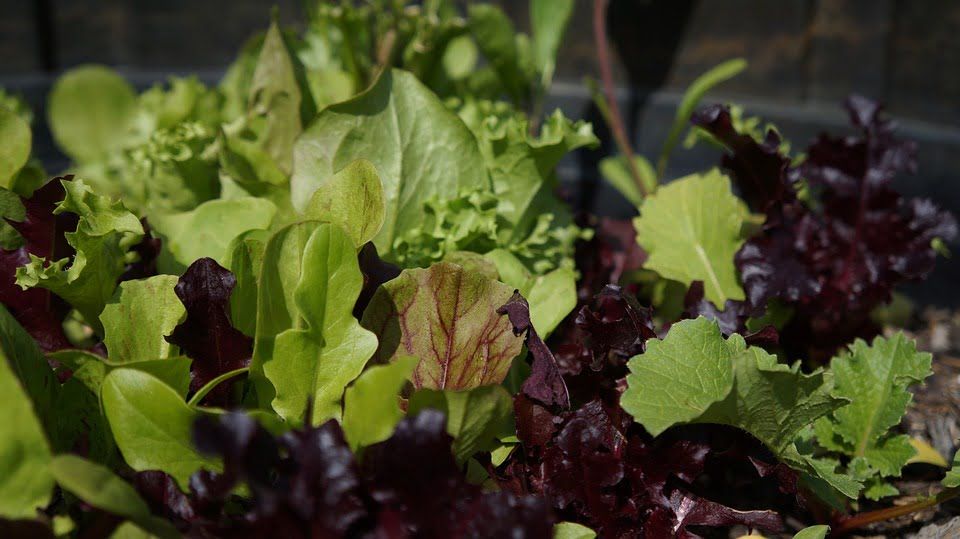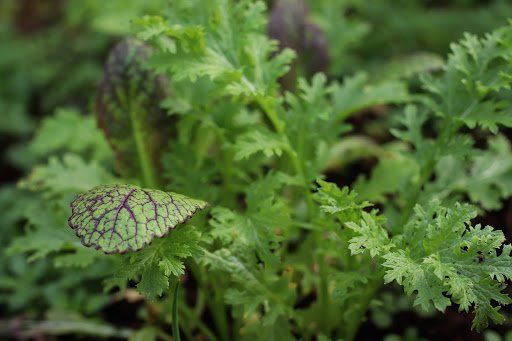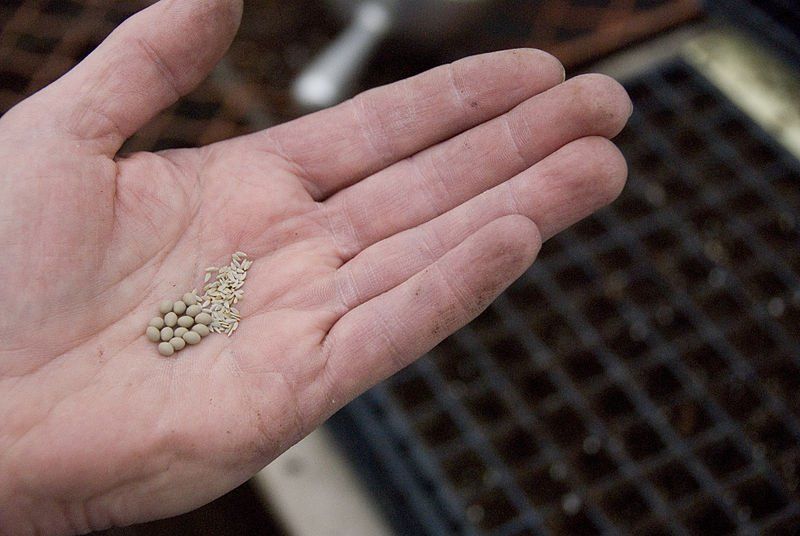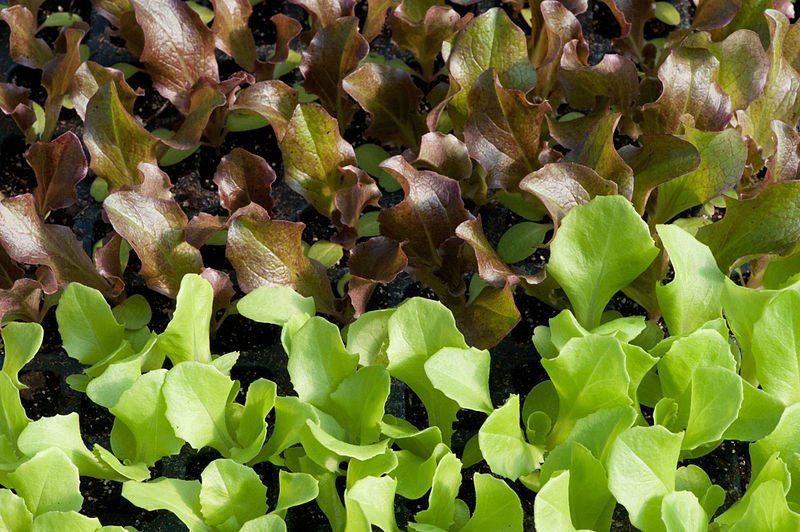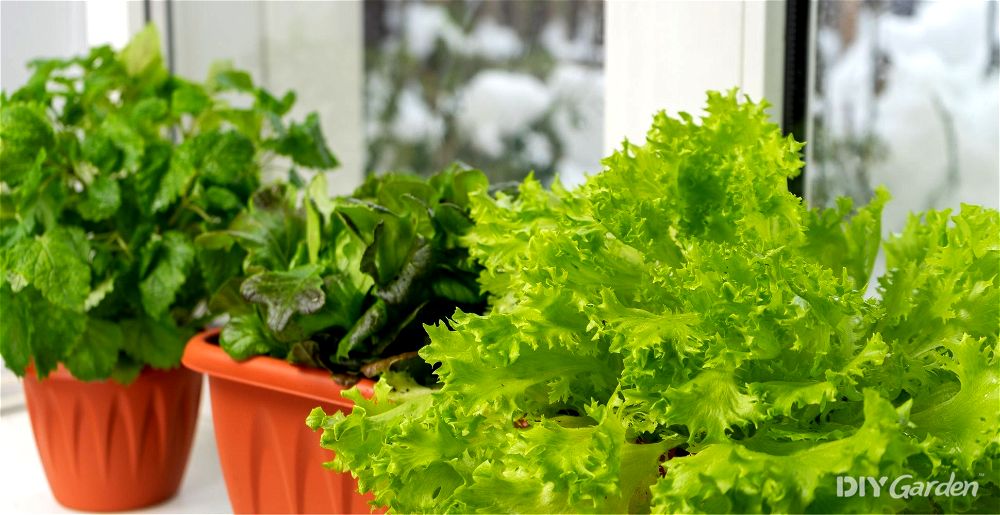
Many plants happily flourish over the summer months without any human intervention, but it’s a different story in the winter. Icy temperatures, bitter winds, days of endless rain – the winter months are difficult for many plants to cope with.
However, while you may be limited in terms of what you can grow over the cold season, there’s one food that everybody could be harvesting regularly throughout the winter – fresh salad leaves. Here’s how…
Choose the Right Varieties
Although salad leaves are a cool season crop, some varieties are much more winter-tolerant than others. They have been bred to adapt to cooler soil temperatures, as well as lower light conditions, making them more productive than spring varieties.
Some of the best varieties to grow for winter salads are:
- Arctic King
- Tom Thumb
- Winter Marvel
- Lamb’s Lettuce
- Land Cress
- Winter Purslane
- Mizuna
- Chinese Mustards
Sow Your Seeds
Since lettuce seeds need temperatures of around 18°C to germinate, they’ll need to be started indoors. Don’t worry, many varieties are able to tolerate sub-zero temperatures, so you’ll be able to move them outdoors once the seedlings have matured.
The easiest way to start your seeds is in a tray. Fill this with a mix of multi-purpose compost, perlite, and sand. Lettuce seeds do best when they have plenty of drainage, so the addition of perlite and sand helps to lighten up the compost. While you may want to sow two trays to start with, don’t go too overboard – you’ll be repeating this process on a regular basis and don’t want to end up with too many seedlings, or wasted seeds!
Sow your salad leaf seeds near the surface of your soil mix. Lettuce seeds need a bit of light to germinate, so scatter just a very light covering of soil over the top. Don’t forget to water the tray after you’ve sown your seeds.
While you can place your tray on a heat mat to speed up germination, this isn’t required. Simply placing your tray in a bright room in your home is all that’s needed.
The key to being able to harvest fresh salad leaves throughout the winter, if not the year, is timing. You need to be sowing seeds regularly, ideally every two weeks, a technique known as successional sowing.
Look After Those Seedlings
You’ll start to notice seedlings appearing in just a couple of days, although some varieties take longer to germinate than others. Keep your seedlings well watered – you don’t want the soil to be overly soggy, but never let it dry out either.
Once your seedlings have produced two sets of true leaves (meaning leaves that look like tiny salad leaves, rather than the generic oval leaves that most seedlings initially produce), it’s time for them to move on.
If you’re going to keep your salad leaves indoors even once mature, then move them to their final location. You can either use one pot per seedling, or go with a bigger pot and place a few different seedlings into it.
Alternatively, if you want to harvest your salad leaves while they’re very young, use a deeper tray when sowing and then leave seedlings where they are.
If you’re going to be transplanting your salad leaves outside, then you’ll need to move your seedlings into small pots. Grow these on under cover outside, whether this may be in a cold frame or an unheated greenhouse.
Don’t forget – by the time your first batch of seedlings have outgrown their seed tray and are waiting to be transplanted, you’ll need to get ready to sow another tray of seeds.
Transplanting Outdoors
Once your seedlings have reached plug plant size, they are ready to be transplanted outdoors. Chances are that they’ll need some extra protection at first – a layer of fleece over the top of the plants is the easiest way to do this. You can also set up some hoops or a small frame around your plants, laying the fleece over the top of this. You’ll be able to remove this after a couple of weeks, once your plants have adapted to their new environment.
Prepare your growing area, amending the soil to improve drainage if needed. Then, dig holes large enough to accommodate the full root ball of each lettuce plant, before placing the plant in. Backfill the hole and water in well.
Harvesting Winter Salad Leaves
You don’t need to wait for a lettuce to form a complete head before harvesting it. Winter salad leaves can be harvested when the plants are just 4-6 inches tall. Grab some scissors and simply snip off a few leaves at their base. Try to pick from different plants each time, so that each one is able to recover and produce new growth before you pick from them again.
You can continue harvesting leaves for several weeks. You will be able to enjoy about six cuts from each plant before the plant becomes depleted. By this time, your next lot of seedlings will have grown into larger plants and will be ready to take over.
Replacing the Old with the New
It’ll be easy to tell when your lettuce plants have run their course. Growth will drastically slow down and the plants will look quite wilted, even if well-watered. They may also produce flowers, although this is rare in the winter.
Once your plants show signs of slowing down, it’s time to replace them with the new seedlings you’ve grown. While you can simply pull out the old plants and replace them with the new, you’d be best off tipping the entire pot into your compost bin and starting afresh with new soil. Although lettuce isn’t a heavy feeder, the nutrients in the soil will still be depleted after your first crop, which will inhibit growth in your next batch of plants.
Salad leaves are one of the easiest foods to grow. Even if you don’t have a garden, a sunny windowsill can provide you with a steady crop. Being able to enjoy that crisp crunch of fresh salad leaves in the middle of the winter is truly such a satisfying feeling. Even better, it’s never too late to get started – sow your seeds now and you could be enjoying your very own salad pickings in just a few week’s time.
